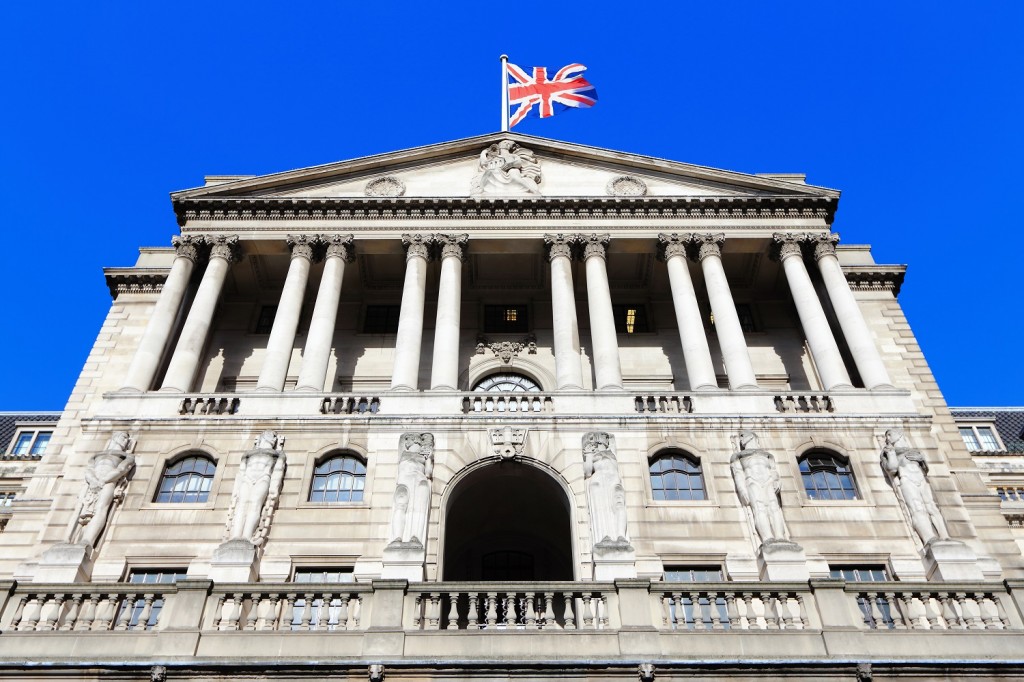
In the last few years many UK mortgage holders have been put through the mill.
The Bank of England set base rates at an historic low of 0.1% in 2020, as the economy struggled to recover from Covid 19, but then the base rate started to rise steadily as inflation rose sharply.
It wasn’t until the first base rate cut in August 2024 from 5.25% to 5% that the direction changed – the first cut since March 2020. At the time it was a marginal decision- by the Bank’s nine-member committee with five, including governor Andrew Bailey, voting for a quarter point cut.
What has happened to mortgage rates since that summer rate cut?
Most recently we have seen a mixture of lenders increasing or cutting rates. At the end of January 2025 , the average two-year fix rose by 0.01% to 5.52%, while the average five-year fix increased by 0.02% to 5.32%.
However, three-year fixes fell slightly by 0.01% to an average of 5.33% and 10-year fixes were static at 5.65%.
While overall rates increased marginally, cuts were also prevalent across many mortgage products.
Two months earlier, the average five-year fixed rate in November showed the biggest monthly increase since August 2023, as lenders repriced products due to volatile swap rates. This despite the Bank of England cutting interest rates at the start of the month to 4.75% from 5%.
That same month Sir Keir Starmer shrugged off criticism that the Autumn Budget was to blame for rising mortgage costs and assured borrowers that interest rates would come down.
He insisted that the measures announced laid the groundwork for interest rates to fall. He said: “What we have done with the Budget is to stabilise the economy and that, in my view, was the essential first step.
“As a result of that, the forecasts are for interest rates to go down, inflation to go down – you saw the figures around the Budget.”
“[Interest rates] are individual decisions for the banks, but the interest rates will be coming down.”
In mid-late November three-year and five-year fixes all increased, across the vast majority of LTV bands, as swap rates remained volatile.
Average mortgage rates overall on five-year fixed rates increased by 0.19% to 5.28% at the start of December.
Rates moving down
September was a month where the trend on mortgage rates was clearly downward. The cost of both two- and five-year fixed rate mortgage products continued to tumble this week, with some of the biggest names on the high street cutting rates.
On average two-year fixes were down by 7bps over the week, with five-year fixes down by 6bps according Moneyfacts’ latest rate watch. These is across all LTV bands.
Some of the biggest lenders to cut rates included Barclays Mortgage, which reduced rates by up to 34bps, Halifax (up to 30bps), TSB (up to 20bps) and NatWest (12 bps).
Accord made some of the biggest cuts, reducing rates by up to 55bps this week. Meanwhile both Yorkshire Building Society and United Trust Bank cut rates by up to 45bps.
September also saw the average standard variable rate fall below 8% for the first time since August 2023.
The mortgage rate cuts in September (the BoE held base rate in September) followed on from what the market initially saw in August post base rate cut.
Average home loans on two- and five-year fixed rate deals fell to their lowest rates since March.
Two-year rates fell 18 basis points to 5.77% between the start of July and the start of August, while five-year rates were 15bps lower at 5.38% over the same period. The moves halted five consecutive months of rises.



